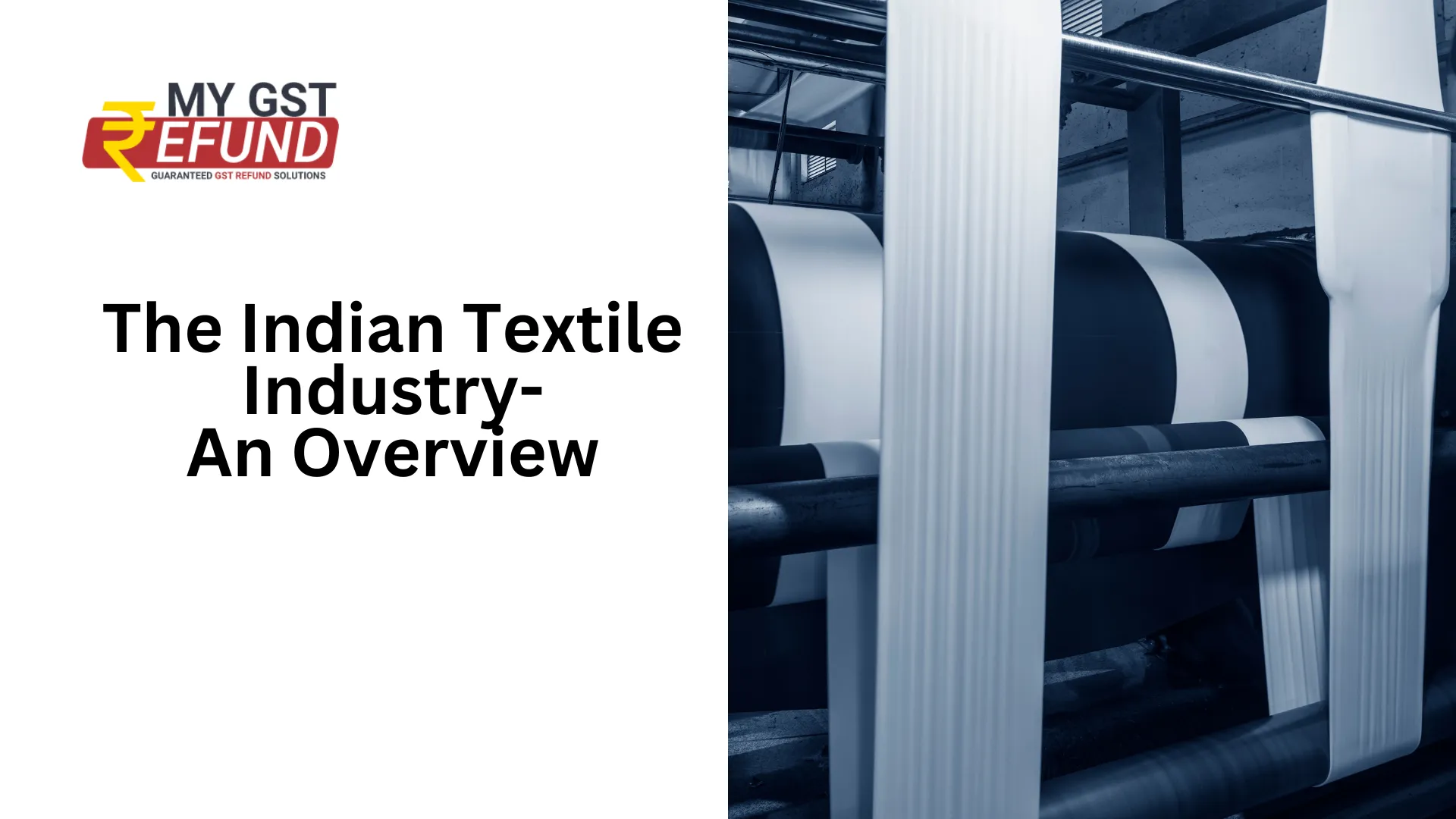The Indian Textile Industry-An Overview
India has a long and fascinating history in textiles. It all started way back in the Indus Valley Civilization, where they were already making cotton textiles, showing off their skills early on. This made India a big deal in the world of textile trading, even way back in ancient Roman times. During the Middle Ages, India was a key stop on the famous silk route, which just added to its reputation in textiles. The Mughal era, especially, was a golden time for textiles. They were making intricate designs and using fancy fabrics like muslins and brocades. In fact, Indian muslins were so good that they were nicknamed 'woven wind' because they were super fine.
But then the British showed up, and things got tough for the textile industry. The British were all about taking raw materials from India and sending back finished goods from Britain, which really hurt the local textile business. By the late 1800s, India, which used to be a big player in global industry, saw its share drop a lot.
After India gained independence, the government really tried hard to build the textile industry back up. They supported traditional handlooms and set up modern textile mills. By the 1980s, India was making a name for itself again in the global textile scene. And in the 1990s, textile exports became a big deal, making up about 15% of all exports from India.
Today, India's textile industry is a mix of old and new. They still do things the traditional way, but they've also got modern techniques and materials. It's a huge part of India's economy, providing jobs for millions of people.
They're expecting big things for the Indian textile industry by 2030—it could be worth a whopping $250 billion! Right now, textiles make up about 2.3% of India's GDP and 7% of its industrial output. Globally, India has about 5% of the textile and apparel market. In the financial year 2022-23, exports of cotton textiles alone were valued at $11.1 billion, which is a big chunk of the total.
Investment Opportunities
Modernizing and Using New Tech: Because people want better textiles, there's a chance to invest in making production faster and better by using new technology.
Being Eco-Friendly: The world is moving towards more eco-friendly textiles. This means there's a big chance to invest in things like making textiles in a way that's good for the environment, using organic materials, and recycling.
Making Better Places to Work: If we invest in things like special areas just for making textiles, places to store them, and ways to move them around easily, it can help the industry grow and sell more stuff to other countries
Challenges
Tough Competition Around the World: Other countries can make textiles cheaper, so it's hard for India to sell its stuff. We need smart plans to stay ahead in the world market.
Learning New Skills: Making textiles needs people who know what they're doing. We need to teach more folks how to do the job well, so everything runs smoothly.
Following the Rules: Making sure our textiles meet the rules and standards from other countries is tricky, especially for smaller businesses.
Resolution
Money for Research: If we put more money into researching and coming up with new ideas, we can make better products and ways to make them. That way, we can be the best in the world market.
Learning More Skills: We can work together with schools and companies to teach people the special skills they need for making textiles. That means we'll have more people who are really good at their jobs.
Selling More Stuff Abroad: The government can help companies sell more things to other countries by giving them incentives. That way, our textiles can be known all over the world.
Significance Of Textile Industry In India
India is the second biggest maker and seller globally, just after China.
In the financial year 2020, this sector made up 12% of India's money earned from selling things to other countries.
It made up 13% of all the stuff made in India in the financial year 2020.
There are about 45 million people working in the textiles industry in India, including 35.22 lakh folks who work with handlooms.
The local market for textiles and clothes in India was worth around US$ 100 billion in the financial year 2019.
India has about 5% of all the buying and selling of textiles and clothes around the world.
In the financial year 2020, this sector made up 2.3% of all the money earned in India and gave jobs to over 45 million people.
The old-fashioned parts of the industry make up more than 75% of all the textiles made in India.
In the last five years, more and more money has been put into the textiles industry.
From April 2000 to June 2020, this industry, including the part that colors and prints textiles, got US$ 3.45 billion from other countries as investment.
Government Initiatives
The government has permitted 100% Foreign Direct Investment (FDI) in the sector through the automatic route. An agreement was signed between the Textile Committee of India and M/s Nissenken Quality Evaluation Centre of Japan to enhance the quality and testing of Indian textiles and clothing for the Japanese market. This collaboration between India and Japan in textiles will assist Indian exporters in meeting the technical regulations of Japanese importers.
A National Technical Textiles Mission is proposed for the period from 2020-21 to 2023-24. The Ministry of Textiles released the New Textiles Policy 2020 to promote the overall development of the sector. The Cabinet Committee on Economic Affairs (CCEA) endorsed the mandatory packaging of food grains and sugar in jute material for the Jute Year 2019-20.
The Amended Technology Upgradation Fund Scheme (A-TUFS), aimed at creating employment for 35 lakh people and attracting investments worth Rs. 95,000 crore by 2022, was approved. The Integrated Wool Development Programme (IWDP) aims to support the wool sector from wool rearing to the end consumer, with a focus on improving quality and increasing production between 2017-18 and 2019-20.
The Cabinet Committee on Economic Affairs (CCEA) approved a new skill development scheme called the 'Scheme for Capacity Building in Textile Sector (SCBTS)'.
Role Of Textile Sectors In The Aatmanirbhar Bharat

The textile sector is considered a "key sector" crucial for building a self-reliant India. Textile traditions embody significant ideas such as diversity, adaptability, self-reliance, skill, and innovation, which are particularly relevant today.The government aims to establish large, world-class textile infrastructure in the form of mega textile parks, which will cover the entire value chain of the sector. Additionally, there's a focus on promoting naturally sourced materials like bamboo and high-performance, value-added fibers and their products.To execute these plans, various strategies are being discussed, including providing credit at concessional rates through interest subvention schemes, credit guarantees, margin money subsidies, and establishing large warehouse infrastructure near ports. Technical textiles form another crucial aspect. This category serves industries such as automobiles, medical, sports, agriculture, and others.
Conclusion
To sum up, India's textile industry is really important for the country. It's getting better with help from the government and smart investments. Soon, India could be a top player in the world of textiles, bringing lots of good things to the country.
FAQs
Q.1 Which is the first textile city of India?
Ans. Mumbai
Q.2 What is the size of the textile industry in India ?
Ans. In 2021, the market size of the Indian textile industry was worth 223 billion U.S. dollars.
Q.3 Who is the largest exporter of textiles ?
Ans. china
Get free access to India's first-ever Automated platform for GST Refund .
.
Related Posts








